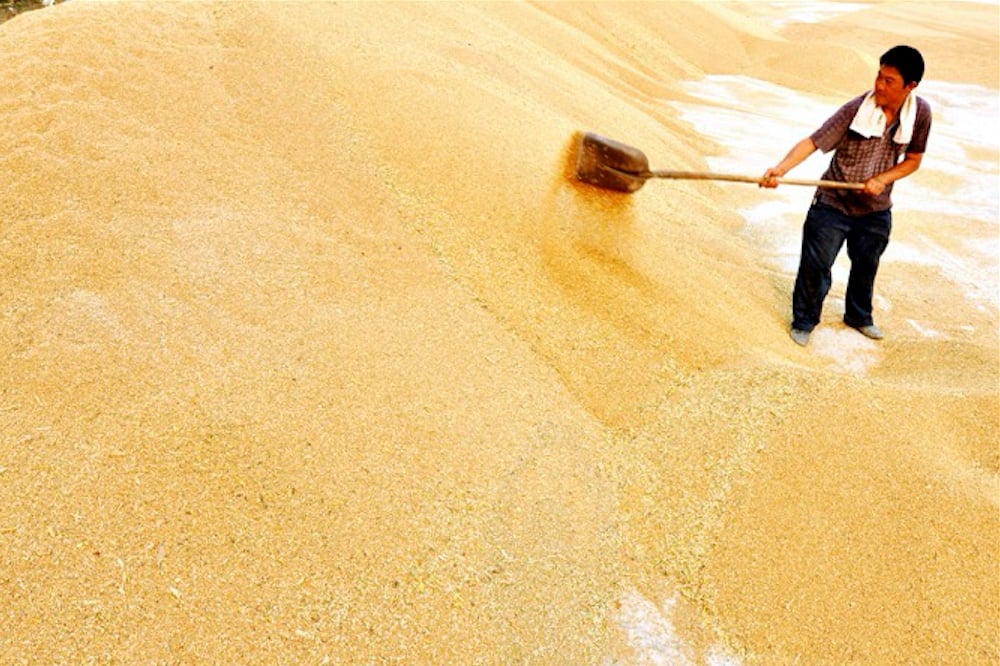BASF’s agriculture arm eyes seeds and Asia as it prepares for listing

BASF’s agriculture unit is aiming to expand in Asia and global seed markets as it prepares for a stock market listing in about two years, a senior executive told Reuters.
The German industrial chemicals giant has said that its Agricultural Solutions unit should be ready by 2027 for an initial public offering that could see BASF sell a minority stake in the maker of pesticides and seeds.
Hybrid wheat
“We aim to further increase our share of revenue from seeds. We are at close to 22 per cent and we want to move more towards 25 per cent,” Livio Tedeschi, the division’s president, told Reuters.
Read Also


China buys Canadian, Australian wheat as heat hits crop, traders say
Chinese buyers bought between 400,000 and 500,000 metric tons of wheat from Australia and Canada in recent weeks, traders said, as heat threatens to damage crops in China’s agricultural heartlands.
Among new products underpinning that ambition, BASF is working on hybrid wheat, an approach that has for years been pursued by the industry to boost wheat yields, and new soy variants that resist pests such as soil roundworms.
Tedeschi said this was a high strategic priority and it could be supported by collaboration deals and small acquisitions.
Increasing Asia market share
A particular geographic focus across products including crop chemicals and digital services was Asia, he added.
“When measured by market share, we are under-represented in Asia. We want to increase our market share,” said Tedeschi.
BASF’s agriculture business, among the four largest industry players alongside Syngenta, Bayer and Corteva, posted global 2024 sales of 9.8 billion euros (C$15.4 billion), with Asia accounting for 11.6 per cent of that.
From North America, Europe and South America it derived 39.8 per cent, 24.6 per cent and 24 per cent of sales, respectively.
Parent BASF last week said it was facing high levels of uncertainty from U.S. tariffs and other countries’ reactions to them, but reaffirmed its earnings guidance for lack of clearer economic indicators.
Tedeschi added that BASF’s decision to separate the agriculture unit from the rest of the business gave the unit more autonomy and would allow it to sustain research and development spending at nine to 10 per cent of sales.
Source: Farmtario.com


